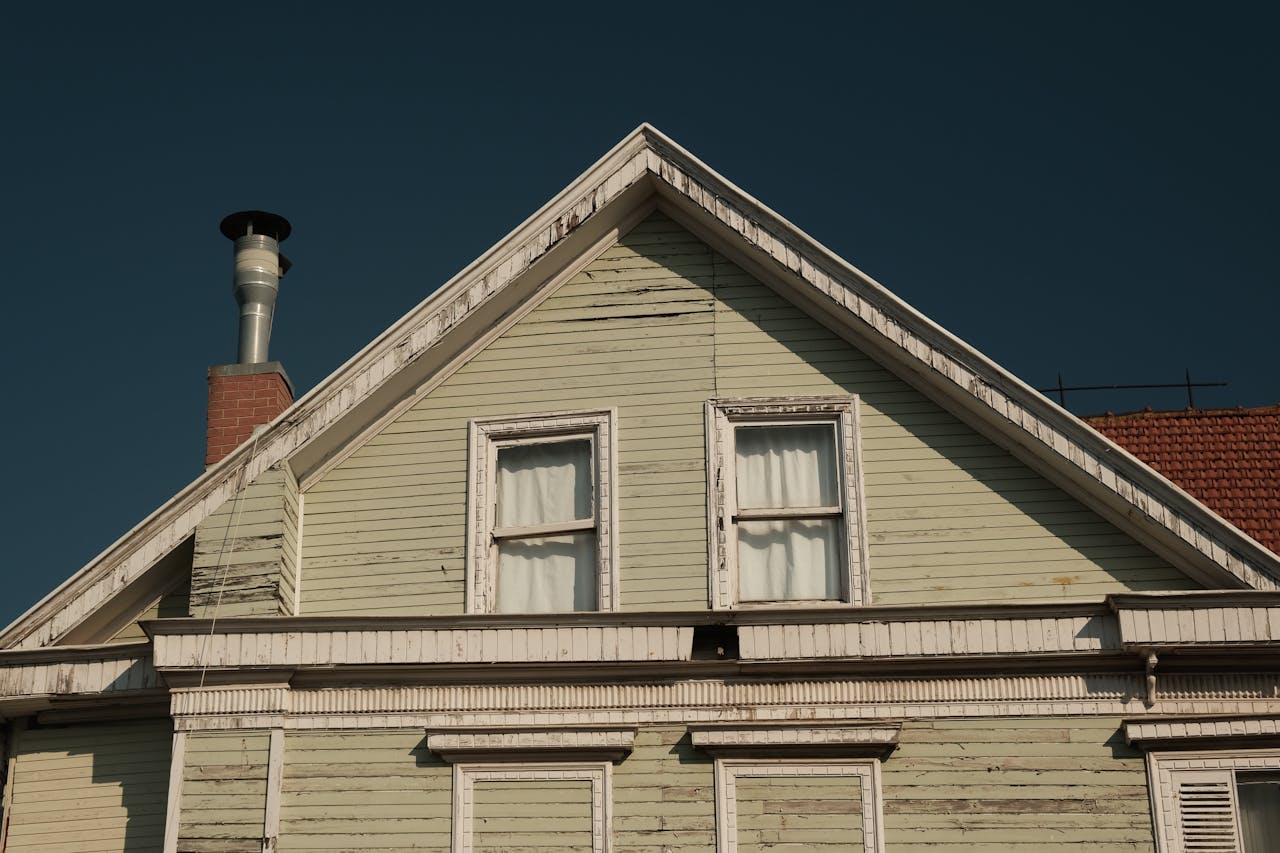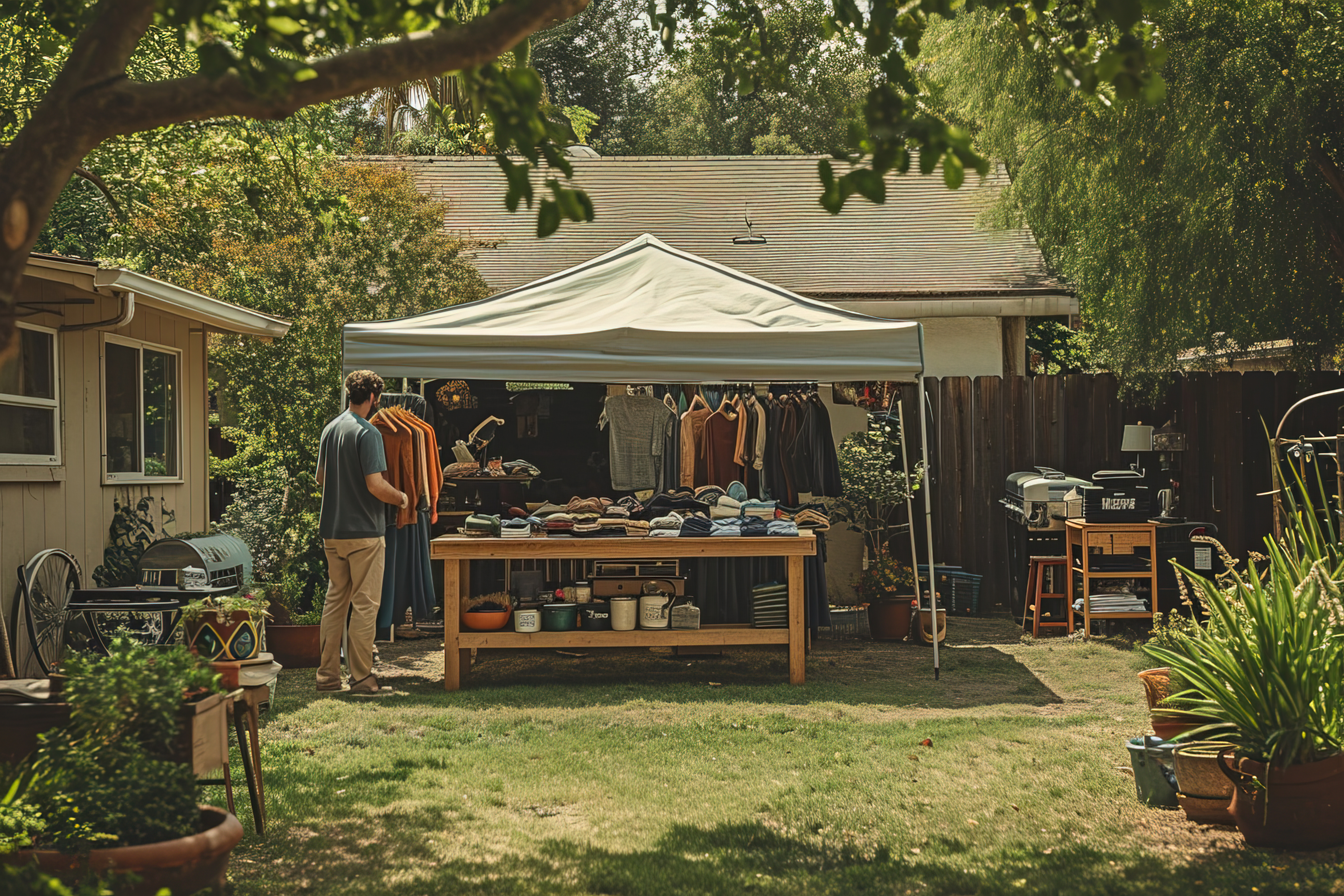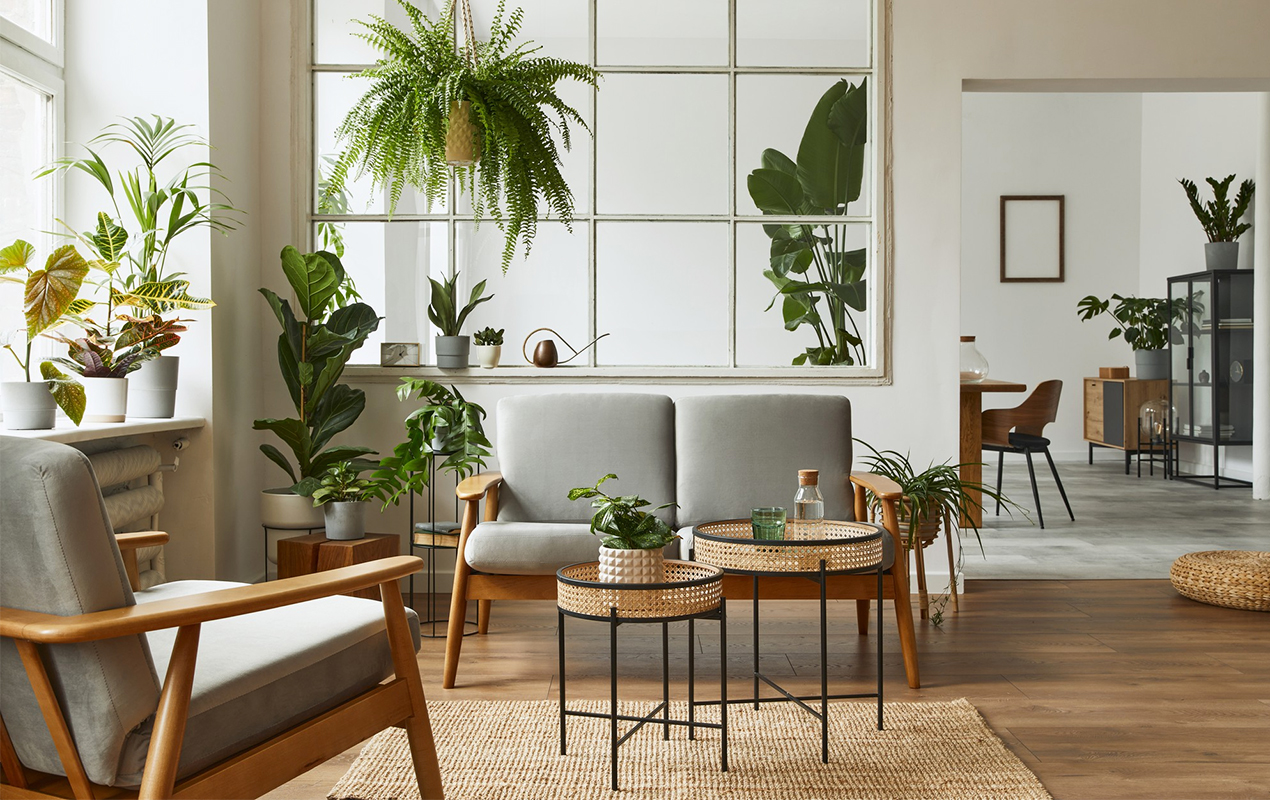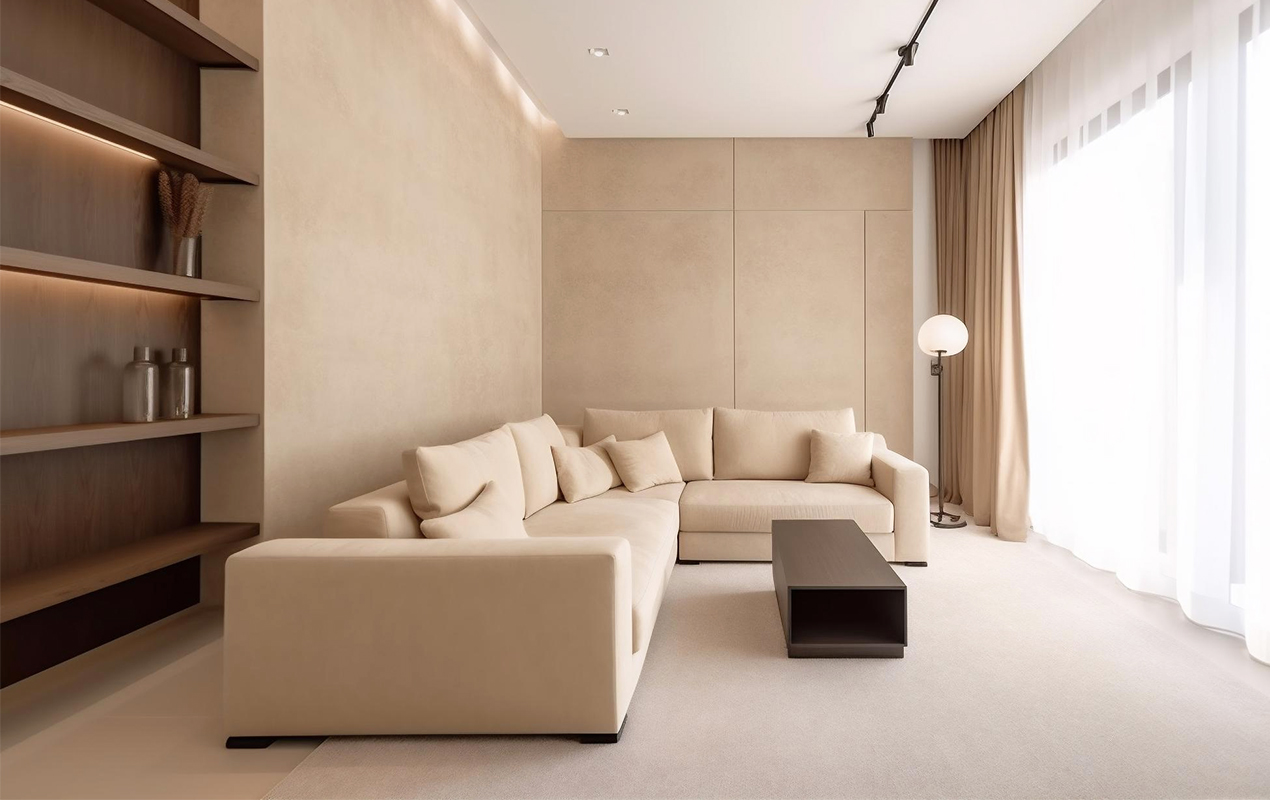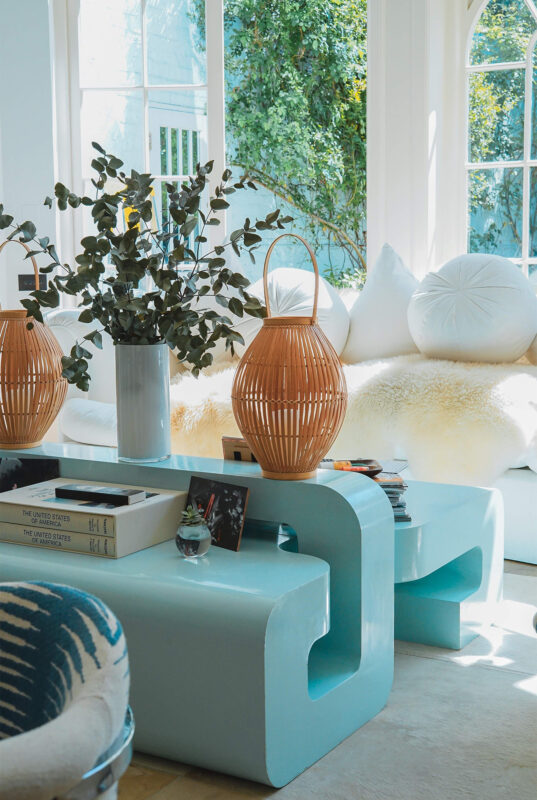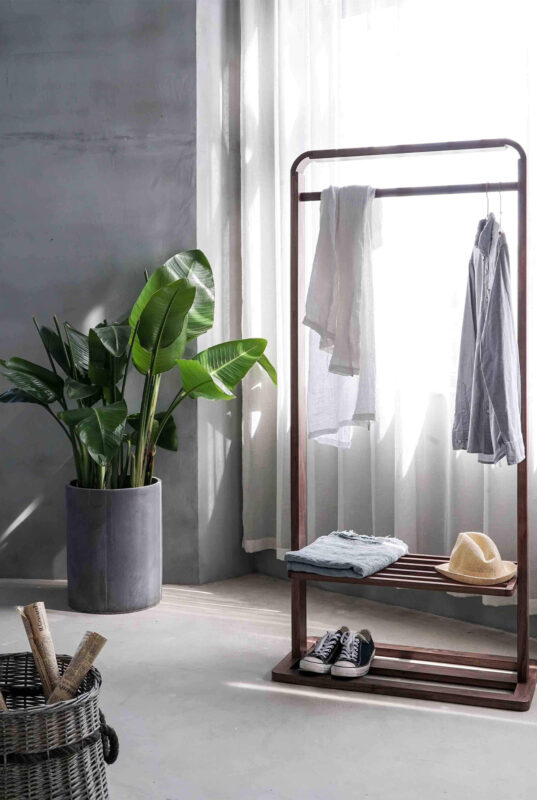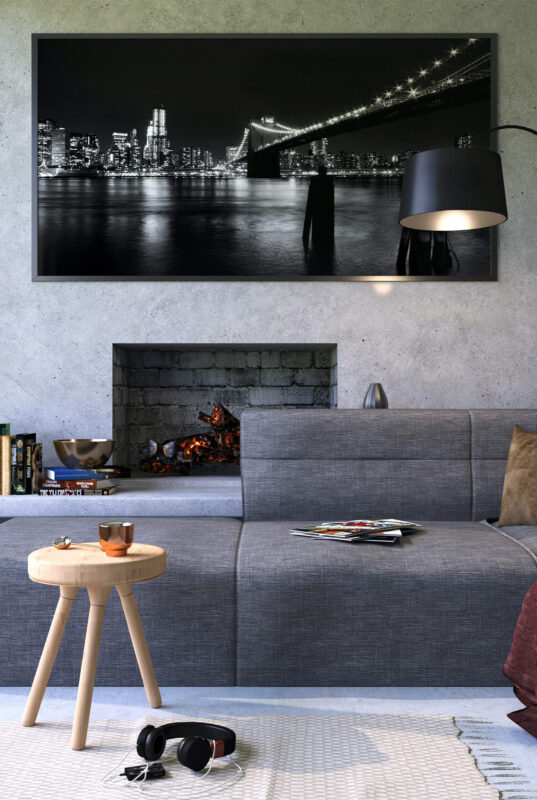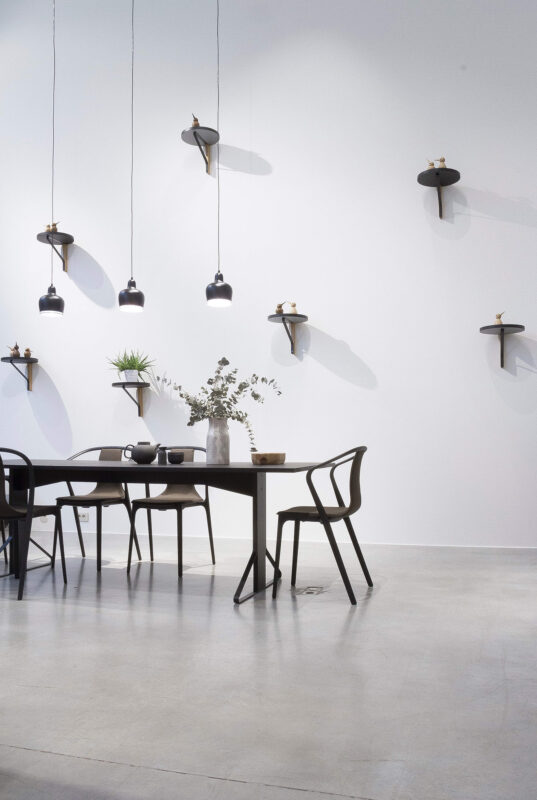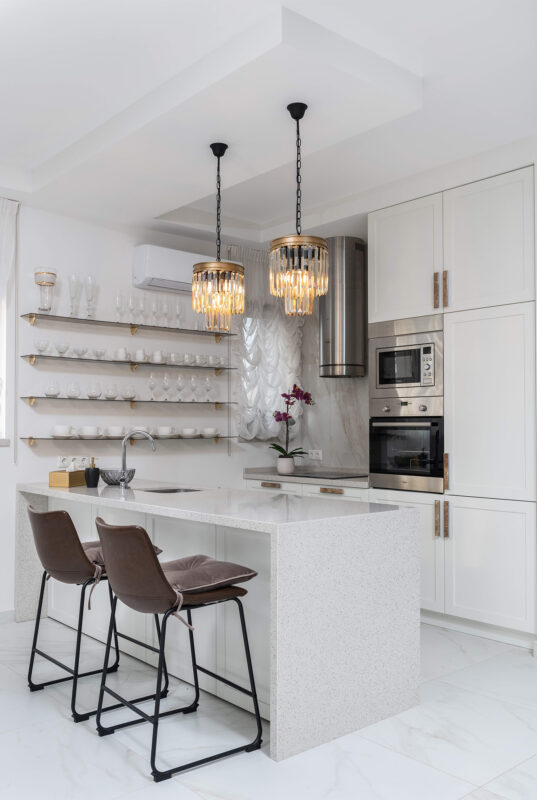Blog
Choosing the Right Window Treatments: Pros, Cons, & Upkeep
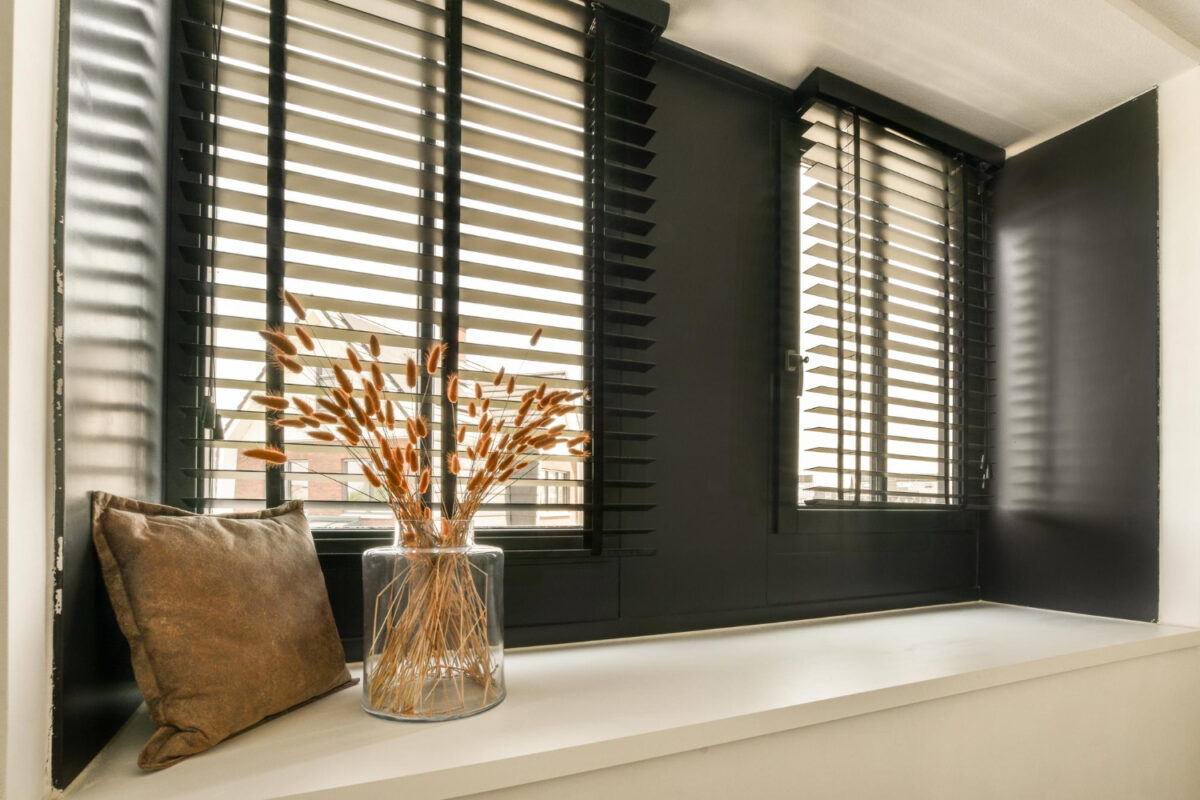
When it comes to designing a room, window treatments can truly make or break the look and feel of a space. From elegant drapes to sleek blinds, there are countless options. But with so many choices, how do you know which window treatment is proper for your home? In this comprehensive guide, we will explore the different types of window treatments, highlighting the pros and cons of each option.
Whether you want to add privacy, control light, or enhance a room’s aesthetic, we have you covered. And don’t worry about the upkeep – we’ll also provide you with essential maintenance tips to ensure your window treatments look fresh and fabulous.
Window Blinds
Blinds are one of the most common and versatile types of window treatments. They consist of slats that can be tilted to control the amount of light entering a room. Blinds are made of various materials, such as wood, faux wood, aluminum, and vinyl, making them suitable for any room or decor style.
Pros:
- Wide range of styles and materials to choose from
- Flexible light control
- Easy to clean and maintain
Cons:
- Can be expensive depending on the material and brand
- Limited privacy when slats are open
- Can be noisy in windy conditions
Window Shades
Shades are another popular choice for window designs. They are made of fabric or other soft materials that can be raised or lowered to cover a window. Shades come in different styles, including roller, Roman, and cellular, and add texture and warmth to a room.
Pros:
- Versatile design options
- Provides insulation against heat and cold
- Can be affordable depending on the material
Cons:
- Challenging to clean compared to blinds
- Limited light control options
- Can be bulky and take up space when raised
Window Curtains and Drapes
Curtains and drapes are the perfect window treatments for adding a touch of elegance to any room. They come in various fabrics, patterns, and colors, making them easy to customize according to your decor style. These treatments can be hung on rods or tracks and can either be stationary or functional, allowing for light control and privacy.
Pros:
- Versatile design options
- Provides insulation against heat and cold
- Adds a decorative element to a room
Cons:
- Requires regular cleaning to maintain its appearance
- Can be expensive depending on the fabric and length
- May take up more space compared to other window treatments
Shutters
Shutters are a popular choice for traditional and farmhouse-style homes. They are made of solid panels that can be tilted to control light and provide privacy. These window treatments come in various materials, such as wood, faux wood, and vinyl, offering durability and style.
Pros:
- Adds charm and character to a room
- Durable and long-lasting
- Provides excellent insulation and soundproofing
Cons:
- Can be expensive compared to other options
- Limited light control when panels are closed
- Requires professional installation for proper functioning
Sheer Curtains
Sheer curtains are lightweight window treatments that offer any room a delicate, airy feel. They are made from translucent fabrics that allow plenty of natural light in while providing a modest level of privacy.
Pros:
- Softens the look of a room with a light, breezy appeal
- Allows for natural light penetration, creating a bright atmosphere
- Versatile; can be paired with heavier curtains for added privacy and light control
Cons:
- Offers limited privacy, especially at night with interior lights on
- Provides minimal insulation and soundproofing
- Can be susceptible to fading over time due to sunlight exposure
Solar Shades
Solar shades, or solar screens, are designed to block out UV rays and reduce glare, making them an ideal choice for rooms with extensive sun exposure. They are made from a mesh-like fabric that maintains the view from the inside out while protecting against sun damage and heat.
Pros:
- Reduces glare and protects against UV damage
- Helps in energy conservation by blocking heat, keeping rooms cooler
- Preserves outside views while offering privacy during the day
Cons:
- Limited privacy at night when interior lights are on
- Can obstruct views from the inside if chosen with a higher opacity
- Aesthetics may not suit all decor styles due to their functional, minimalistic design
Tips for Maintenance
Regular maintenance is essential to keeping your window treatments looking as good as new. Each type of window treatment requires specific care to ensure its durability and functionality. In this section, we’ll share some essential tips for maintaining the various window treatments discussed earlier, helping you preserve their beauty and utility for years to come.
Blinds
- Dust regularly with a soft cloth or a duster to prevent accumulation.
- For deeper cleans, use a damp cloth. Avoid harsh chemicals on wood and faux wood.
- For vinyl and aluminum blinds, occasional cleaning with mild soap and water is recommended.
Shades
- Use a vacuum cleaner with a brush attachment to remove dust.
- Spot clean stains with mild detergent, being careful not to damage the fabric.
- Professional cleaning is recommended for deep cleaning, especially for delicate fabrics.
Curtains and Drapes
- Vacuum or dust regularly to prevent dirt build-up.
- Most curtains and drapes are machine washable but always check the care label.
- For heavier fabrics, consider professional cleaning to maintain their quality.
Shutters
- Dust regularly with a soft cloth or a duster.
- For wooden and faux wood shutters, use a slightly damp cloth for cleaning. Avoid excess water to prevent damage.
- Vinyl shutters can be cleaned with mild soap and water.
Final Thoughts
Window treatments not only add style and character to a room, but they also play an essential role in providing privacy, controlling light, and protecting against heat and cold. With the wide range of options available, there’s no excuse for bare windows. Consider the design and functionality you want for your space and choose the window treatment that best suits your needs. And if you’re having trouble deciding, you can always contact window treatment experts in your area for professional advice.




